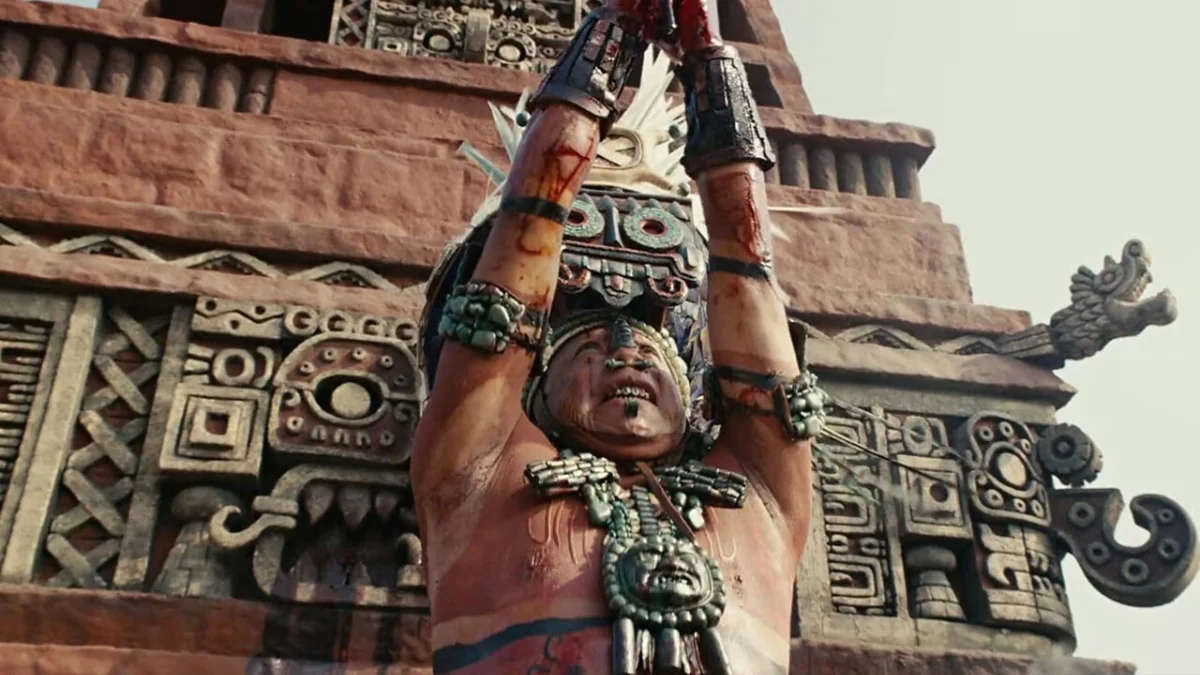
Aztec beliefs connected the heavens, the earth, and the world below through a vibrant group of gods and goddesses. These powerful beings influenced all aspects of life, from warfare and weather to farming, birth, and death. Grand temples topped the city’s pyramids, festivals followed the calendar, and stories linked leaders to the gods. Here’s a look at some of the most important deities – based on ancient texts, ceremonies, and official religious practices – and how they shaped the Aztec world.
15. Mayahuel
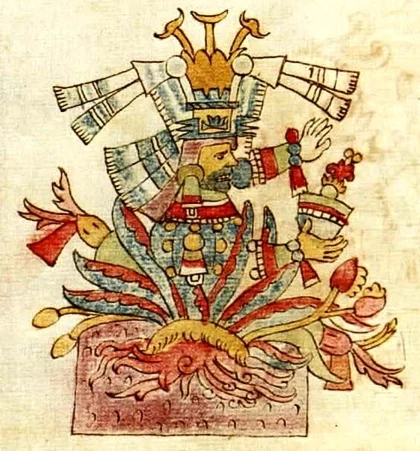
Mayahuel is the goddess of the maguey plant, which provided ancient people with essential resources like fiber, food, and pulque, a ceremonial drink. Ancient artwork often depicts her with many breasts, symbolizing her role as a provider and the plant’s fertility. Stories connect her to Quetzalcóatl, explaining how the maguey plant became widespread. The worship of Mayahuel connected agricultural seasons to daily life, as the plant was used to make clothes, rope, and the drink offered to the gods.
14. Xochipilli
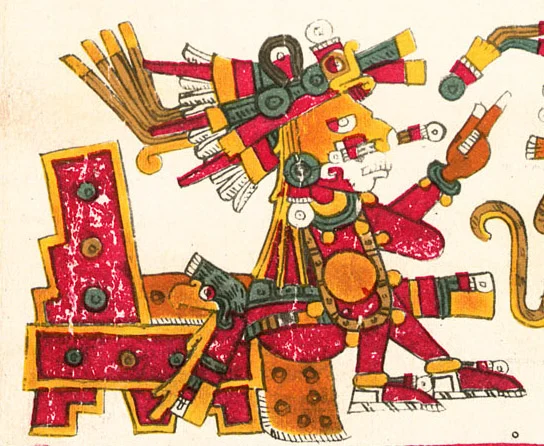
Xochipilli, known as “Flower Prince,” was the Aztec god of music, dance, games, and all the beautiful experiences connected with worship. He’s usually shown sitting in a joyful pose, decorated with flowers and butterflies, which represent the short-lived nature of beauty and the idea of change. Plants linked to Xochipilli, such as morning glories, suggest that rituals involved altered states of consciousness, but were carefully managed within ceremonies. He embodied the belief that art and celebration were vital components of a well-ordered universe.
13. Tlazolteotl
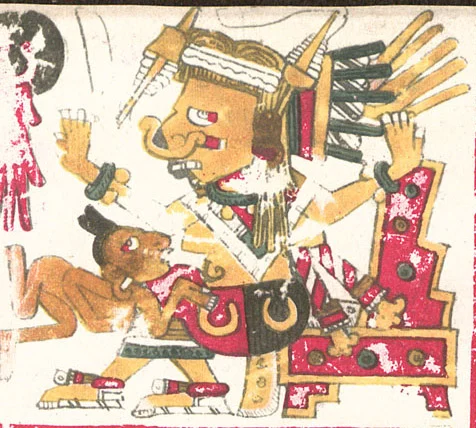
Tlazolteotl, known as the “Eater of Filth,” was a goddess connected to sin, confession, and becoming clean. She represented both temptation and the relief of getting rid of wrongdoing, and people could confess their mistakes through religious ceremonies. She was also associated with childbirth and midwifery, recognizing that new life comes with both impurity and the possibility of fresh starts. Images of her often showed a darkened mouth or headdress, symbolizing her ability to take in and eliminate moral and ritual uncleanliness.
12. Mixcoatl
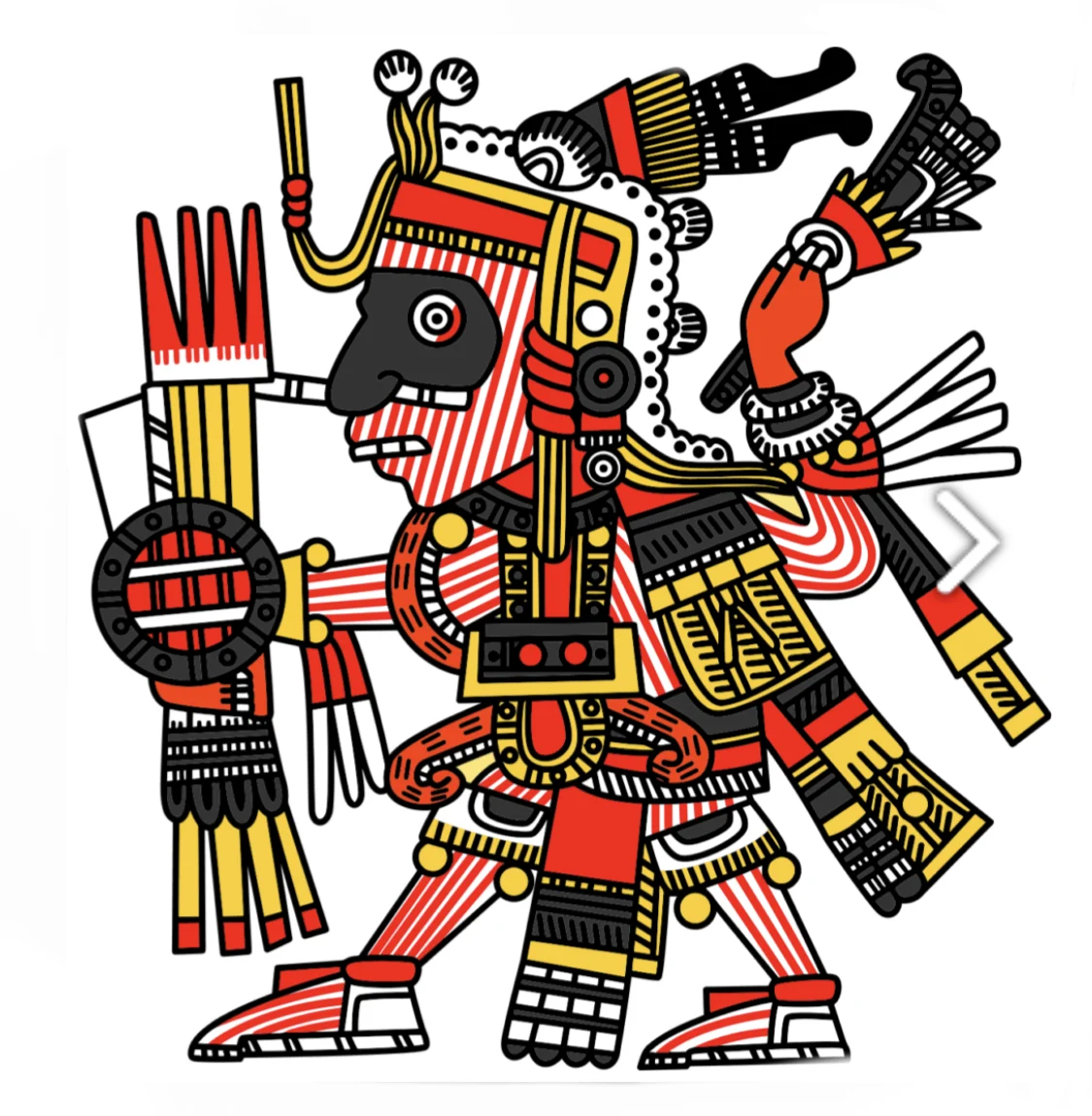
Mixcoatl, also known as “Cloud Serpent,” was a powerful god of the hunt and warfare connected to the Milky Way and northern stars. He was seen as a guide for travelers in the wild and is believed to have taught people how to make fire and hunt effectively. Several ruling families in central Mexico claimed Mixcoatl as an ancestor, using this connection to the heavens to justify their power. His worship connected the movement of stars with the journeys and conquests of people on Earth, particularly in the mountainous regions.
11. Chalchiuhtlicue
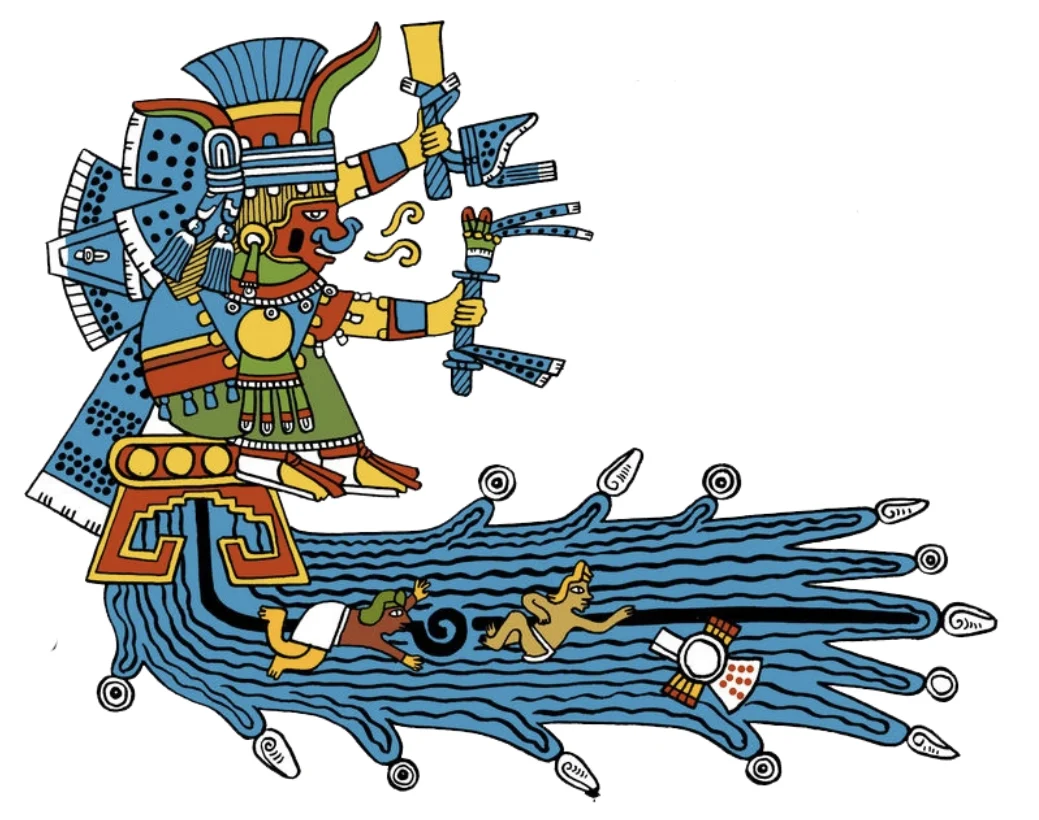
Chalchiuhtlicue, meaning “She of the Jade Skirt,” was the Aztec goddess of lakes, rivers, springs, and childbirth. Often linked to the rain god Tlaloc, she provided the calm waters needed for life and ensured the safe birth of babies. Ancient stories tell of her floods dramatically changing the world, connecting destruction with new life and growth. Priests worshipped her at canals and springs, praying for healthy babies and a reliable water supply for their floating gardens.
10. Xipe Totec
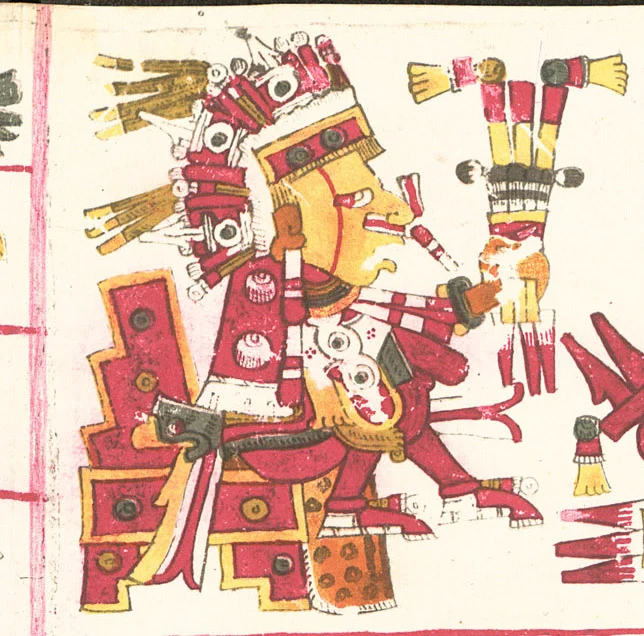
Xipe Totec, known as “Our Lord the Flayed One,” represents the idea of new life and renewal, like shedding old skin to make way for growth. The spring festival of Tlacaxipehualiztli involved people wearing the skins of sacrificed animals to symbolize this fresh start. He was also connected to goldsmiths and the healing of skin ailments, continuing the theme of transformation. The powerful and sometimes shocking imagery associated with Xipe Totec served as a reminder that life often comes through sacrifice and change.
9. Xiuhtecuhtli
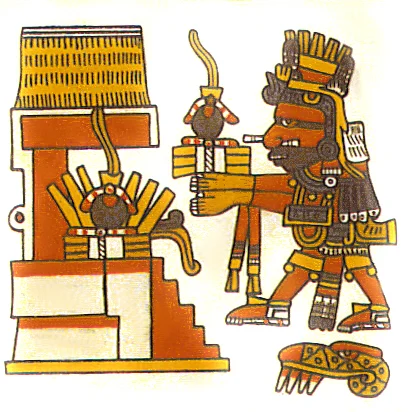
I was really struck by the central role of Xiuhtecuhtli, or the ‘Turquoise Lord,’ in this exploration of Aztec belief. He’s essentially the heart of everything – home, religion, and even the government. What’s fascinating is how he’s connected to time itself; they literally kept fires burning constantly as a symbol of ongoing history and royal power. The big 52-year New Fire ceremony, where all flames were put out and then relit, felt particularly powerful, showing how central he was to renewing the entire cosmos. Whether seen as a young, vibrant fire or the older god Huehueteotl, he beautifully links the simple comfort of a hearth with the immense power that keeps the world in order.
8. Tonatiuh
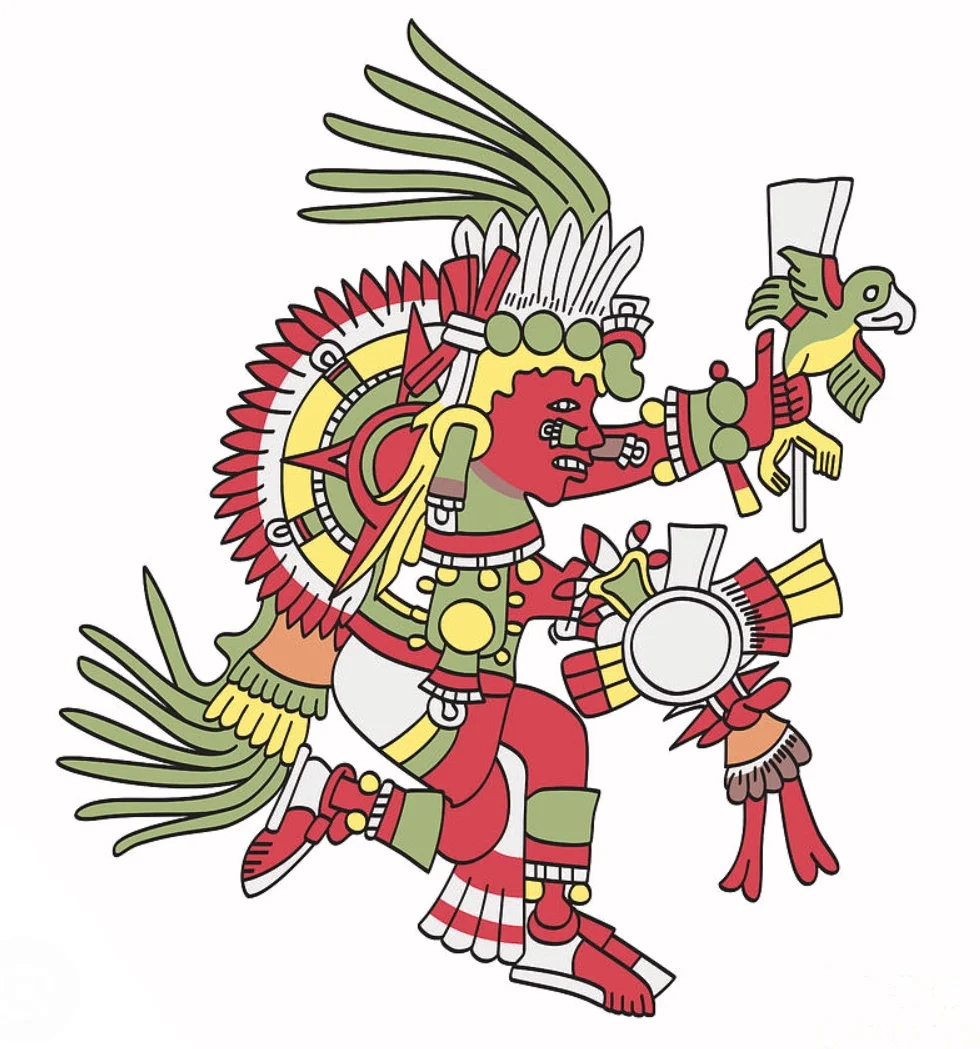
Tonatiuh represents the sun’s energy, which the Aztecs believed needed constant nourishment – through rituals and offerings – to keep the world moving. He’s at the center of the Sun Stone, surrounded by images of past ages destroyed by catastrophe, serving as a reminder of how delicate the universe is. Aztec warriors aimed for a glorious death in battle, believing it would give Tonatiuh strength as he traveled across the sky, and linking military victories to each sunrise. Official ceremonies, including dances and sacrifices, were carefully scheduled according to the calendar to ensure the sun continued its journey.
7. Tlaltecuhtli
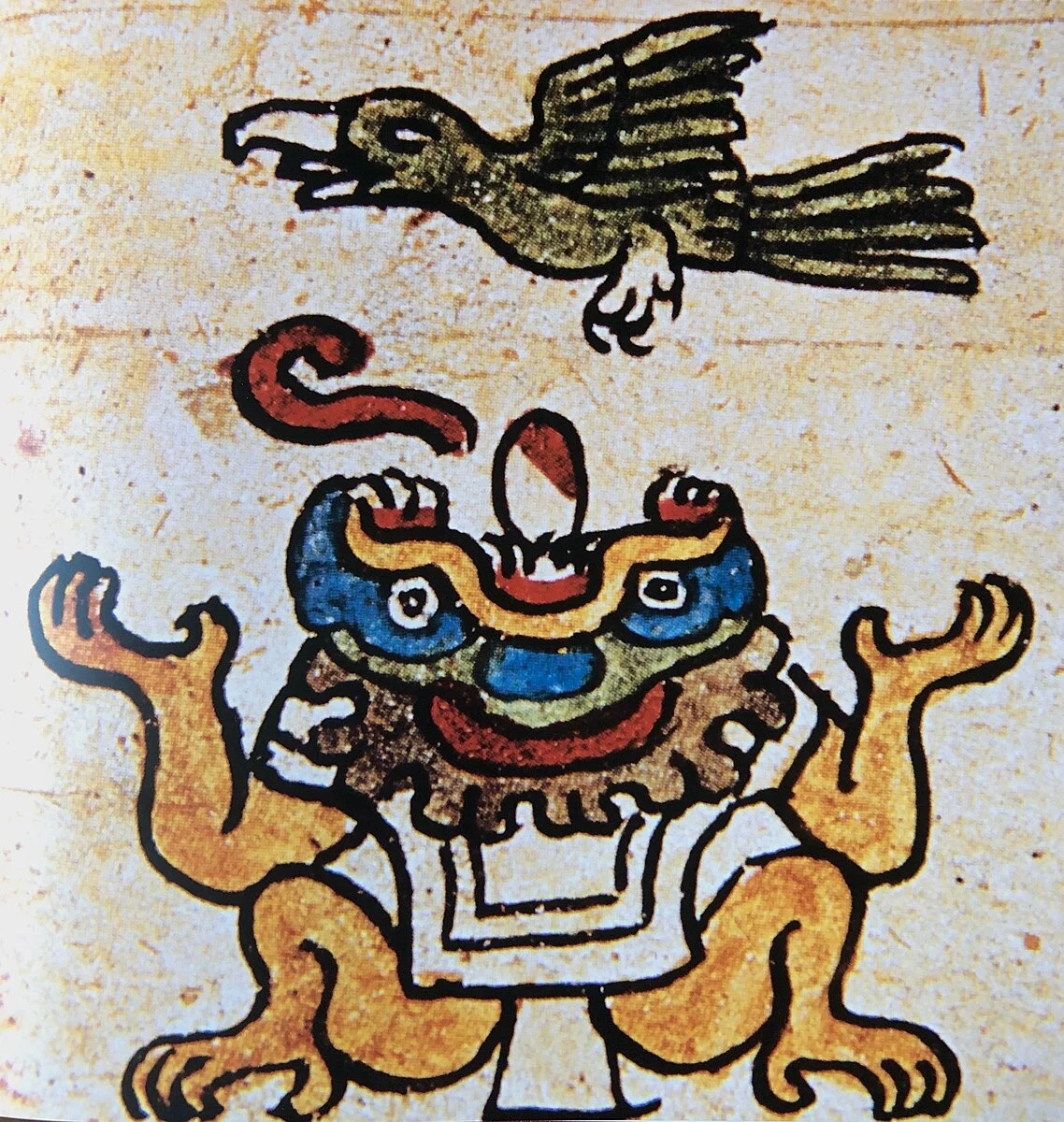
Tlaltecuhtli is an ancient earth goddess often imagined as a huge, toad-like creature whose body is the land itself. According to myth, the first gods had to dismantle her to build the world – creating mountains, valleys, and farmland – and this act required ongoing sacrifices to appease her. Large sculptures of this earth monster were placed under temples as a reminder of this creation story and the cosmic forces at play. People marked earthquakes, burials, and harvests with rituals acknowledging Tlaltecuhtli’s ever-present, consuming nature.
6. Mictlantecuhtli
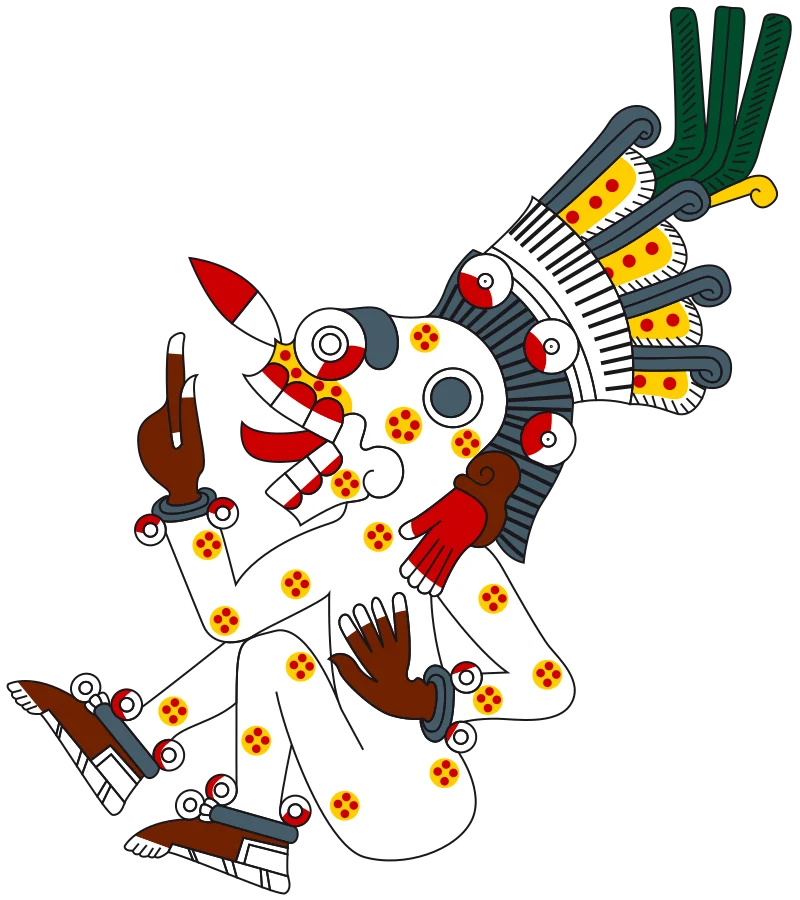
Mictlantecuhtli is the ruler of Mictlan, the multi-layered underworld that most souls pass through after death. He and his wife, Mictecacihuatl, are skeletal figures who oversee the realm of bones – believed to be essential for the rebirth of humanity in ancient stories. Priests created maps of burial offerings and spirit guides, linking them to the nine levels of the afterlife, effectively connecting everyday practices to their understanding of the universe. Mictlantecuhtli is central to the beliefs surrounding death, bridging the personal memories of families with larger state ceremonies.
5. Coatlicue
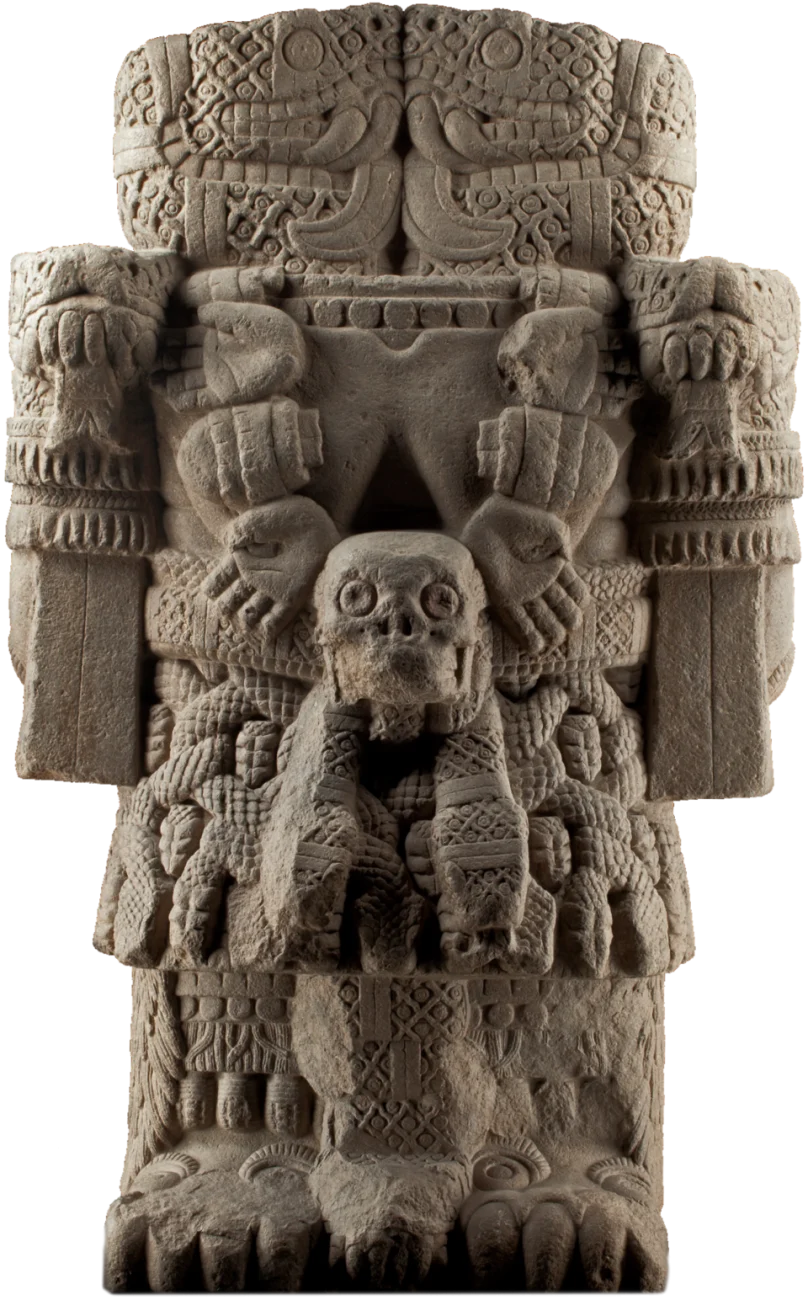
Coatlicue, meaning “She of the Serpent Skirt,” was a powerful earth goddess and the mother of the god Huitzilopochtli. Her statue is striking, featuring a head replaced by snakes, a necklace made of hands and hearts, and clawed feet symbolizing control over life and death. The story of her unexpected pregnancy led to a great battle between the gods, ultimately reinforcing the balance of the universe. Coatlicue represents the fertile, yet sometimes dangerous, power of the earth, which gives birth to gods, people, and the repeating cycles of existence.
4. Tlaloc
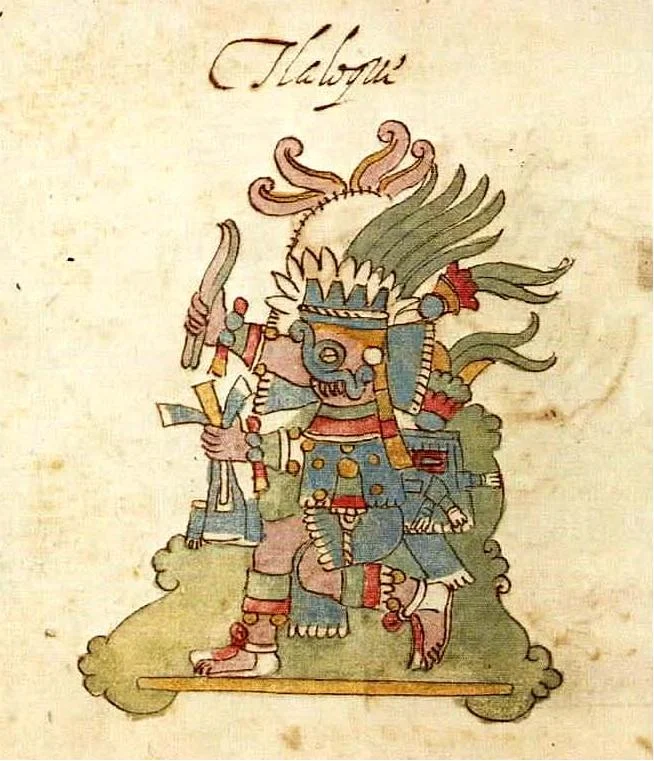
Tlaloc was the Aztec god of rain, storms, and the growth of crops – everything city dwellers needed to survive. He was equally important as the god of war, Huitzilopochtli, and they shared the main temple in Tenochtitlan. People even offered children as sacrifices at shrines in the mountains, hoping to bring rain, believing tears and rainfall were connected. Images of Tlaloc – with his distinctive goggle eyes and fangs – can be found on everything from pottery to large buildings throughout the valley.
3. Quetzalcóatl
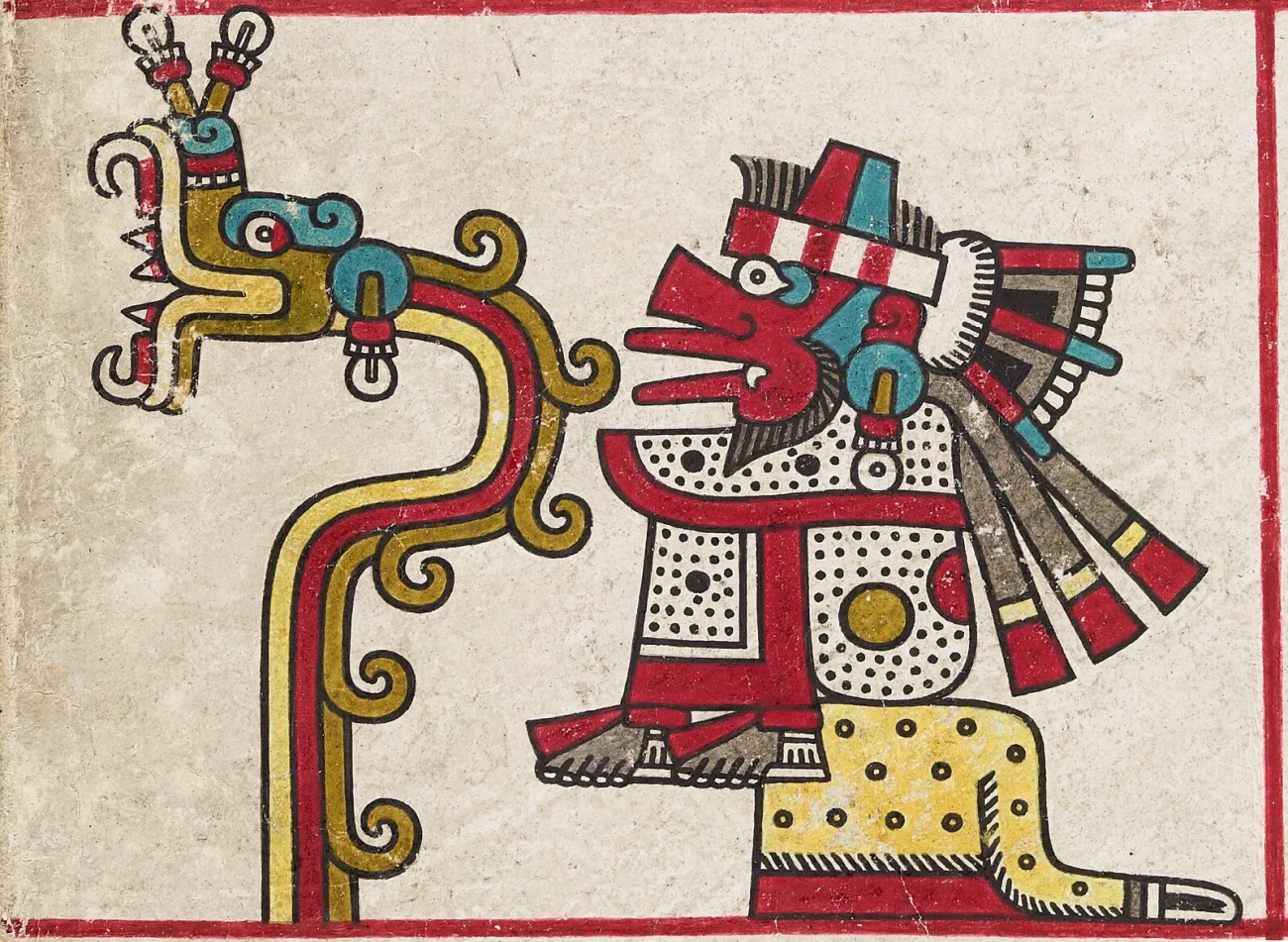
Quetzalcóatl, known as the Feathered Serpent, was a powerful deity representing wind, religious leaders, and wisdom, and was associated with both the creation of the world and its ongoing renewal. Sometimes called Ehecatl-Quetzalcóatl, he was often depicted wearing a wind mask and worshipped in round temples designed to catch the breeze for ceremonies. Stories say he journeyed to the underworld to retrieve the bones of ancestors, using them to create people, and that he established the calendar and religious practices. He’s considered a cultural hero, especially linked to the traditions of Tollan, and served as an example of just leadership and the importance of knowledge.
2. Huitzilopochtli
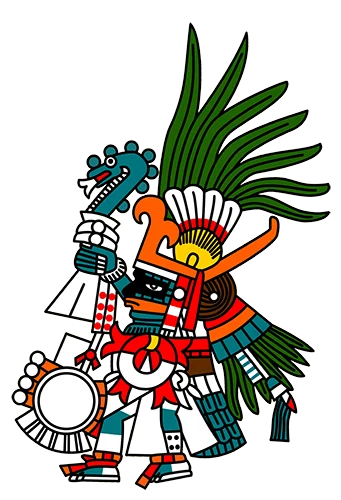
Huitzilopochtli, whose name means “Hummingbird on the Left,” was the main god of war for the Mexica people and was also connected to the sun’s journey across the sky. The most important temple in their capital city was dedicated to him, and as the empire grew, it reflected the stories of his battles against the moon and stars. Rituals involving capturing warriors, military organizations, and grand celebrations all worked together to honor him and ensure the sun rose each day. He was often depicted with a blue face, hummingbird feathers, and a fiery serpent, symbolizing the power that drove their empire.
1. Tezcatlipoca
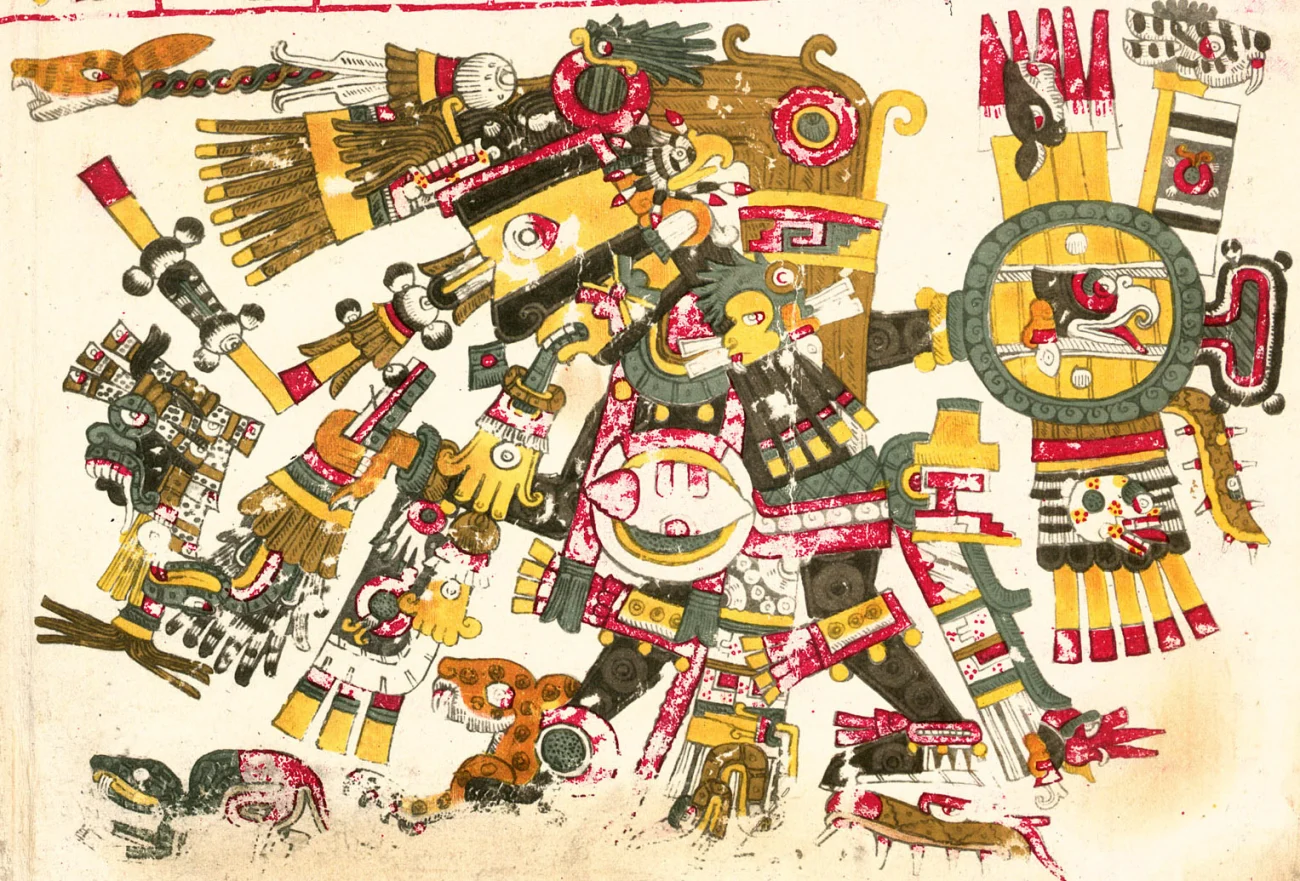
Tezcatlipoca, whose name means “Smoking Mirror,” is a powerful god associated with the night, destiny, magic, and leadership. He’s known for bringing about sudden, dramatic changes. Often depicted with an obsidian mirror – sometimes even as a mirror replacing his foot – he represents all-knowingness and the ability to both reveal and hide things. In ancient stories, he was a rival to the god Quetzalcóatl, challenging people and societies to prove themselves. Symbols like jaguars, black paint, and noble clothing connect him to power, predicting the future, and the unpredictable nature of fate.
Read More
- Bitcoin’s Ballet: Will the Bull Pirouette or Stumble? 💃🐂
- Can the Stock Market Defy Logic and Achieve a Third Consecutive 20% Gain?
- Dogecoin’s Big Yawn: Musk’s X Money Launch Leaves Market Unimpressed 🐕💸
- Deepfake Drama Alert: Crypto’s New Nemesis Is Your AI Twin! 🧠💸
- LINK’s Tumble: A Tale of Woe, Wraiths, and Wrapped Assets 🌉💸
- SentinelOne’s Sisyphean Siege: A Study in Cybersecurity Hubris
- XRP’s Soul in Turmoil: A Frolic Through Doom & Gloom 😏📉
- Binance’s $5M Bounty: Snitch or Be Scammed! 😈💰
- Ethereum’s $140M Buy: Will It Save Us? 😱
- ADA: 20% Drop or 50% Rally? 🚀💸 #CryptoCrisisComedy
2025-10-22 16:46